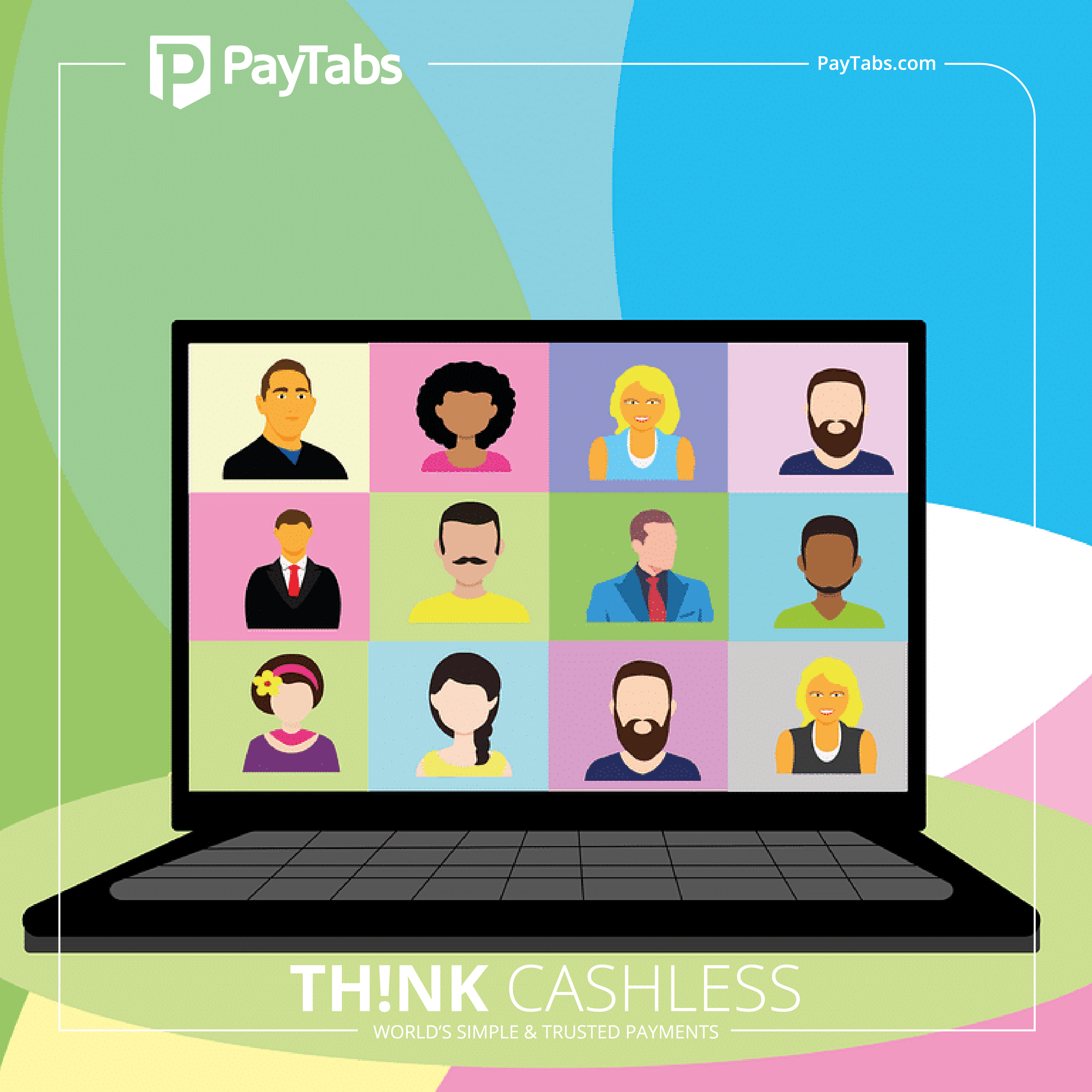The eCommerce industry is currently profitable, with financial experts estimating to surpass $4.5 trillion in sales in 2021. This is attributed to the convenience and other benefits of online shopping. However, despite these benefits, eCommerce companies are face several hurdles on their way to success. One of the major challenges is cyber-security threats, which are currently on the rise.
The success of online shops has brought unwanted attention, with cybercriminals launching sophisticated targeting methods to exploit vulnerabilities within online stores. That said, owners of eCommerce stores should watch out for the following security threats:
- Direct Website Attacks
Cybercriminals often use Spear-phishing to hack websites and steal valuable information. However, websites can also face direct attacks, such as Dedicated Denial of Service Attacks, which flood the store with multiple requests from undetectable and malicious IP addresses. Such sophisticated attacks can force your store offline, leaving it vulnerable to vicious attacks, including malware.
DDOS attacks essentially overwhelm your eCommerce store hosting services, blocking the store from providing services to regular visitors. Flooding the store with thousands of requests keeps the site busy to handle requests of your visitors. Experiencing a downtime in your online store is harmful as it exposes it to more vulnerabilities, prevents clients from shopping, and can damage your reputation.
Like viruses and other ransomware, cybercriminals launching DDOS attacks often demand some amount to relinquish their impact and restore your online store’s normal operations. While these attacks can cost your business significant revenue, losing your client’s trust, confidence and reputation is probably the costliest damage from DDOS attacks.
To avoid this, take proactive defensive measures, such as monitoring incoming traffic requests on your servers. Declining illegitimate traffic can help avoid such an overwhelming influx.
- Financial Frauds
Most online shoppers trust the use of online transactions when paying for their products or services. However, the increase in the use of online payment methods has attracted financial fraudsters looking to exploit vulnerabilities in these systems. Financial fraud can occur in two main ways:
- Credit card theft – this occurs when cybercriminals use stolen credit card information to pay for goods and services from your store.
- Fake return and refund fraud – with this, cybercriminals complete fake and unauthorized transactions. Some initiate fake requests for returns.
While it is difficult to trace financial frauds, especially credit card theft, detecting the fraudulent transaction is overly important. Fortunately, owners of eCommerce stores can take note of the following tell-tale signs to stop the fraudulent transaction:
- A request to ship the product to a different address from the one on the billing address.
- Successful order followed by several unsuccessful orders.
- The customers IP address does not match the location on the billing address.
Verifying these transactions before receiving payments and shipping your products can save your store from losses. If you don’t, you will not only pay back the legit owner of the credit card but also lose your inventory. As such, investing in an Address Verification System is prudent.
- Malware
Cybercriminals can also design several malicious malwares to damage your systems. Just to mention, malware is a general term for several program hackers use to gain access or damage your computer network. Common malware include:
- Viruses – these are programs that spread, infect, and damage or corrupt several files and programs.
- Ransomware – they are programs that alter computer systems’ normal functioning until an action is taken, in most cases, payment of some amounts.
- Backdoors – hackers use these programs to bypass regular authentication systems to complete fraudulent processes and data theft.
Installing a strong and reliable firewall is the best way of mitigating these threats. You should also work withcybersecurity experts to ensure that your systems are safe.
- Bots
Bots are automated programs that perform specific tasks on the internet. Unfortunately, there are both good and bad bots that can promote or bring down your eCommerce store. The majority of these bots aid in installing malware on your computer and abet targeted spear-phishing campaigns. That said, nefarious bots are the most common and harmful automated programs that affect eCommerce businesses.
With bad bots accounting for more than a fifth of eCommerce traffic in 2018, they are a threat to your eCommerce store in the following ways;
- Promote credit card fraud – some bad bots have been programmed to steal credit card information from sites. Once hackers gather this information, they can make repeated purchases.
- Account acquisition – there is a big market for login information on the dark web. Hackers can use bots to steal login information and sell them to the biggest bidder.
- Price scraping – some bots are launched by competitor sites to monitor your product prices, marketing plans, and inventory levels.
Fortunately, avoiding the disastrous effects of bots comes down to simply recognizing them. For this, it is important to secure your eCommerce store with CAPTCHA codes.
Bottom Line
Other significant security threats, such as E-skimming, brute force, SQL injections, and spamming, negatively affect the success of eCommerce stores. As such, online entrepreneurs should implement serious security measures to prevent these threats. Data encryption, using secure payment gateways, and securing websites with SSL certificates are just but a few measures to mention.















